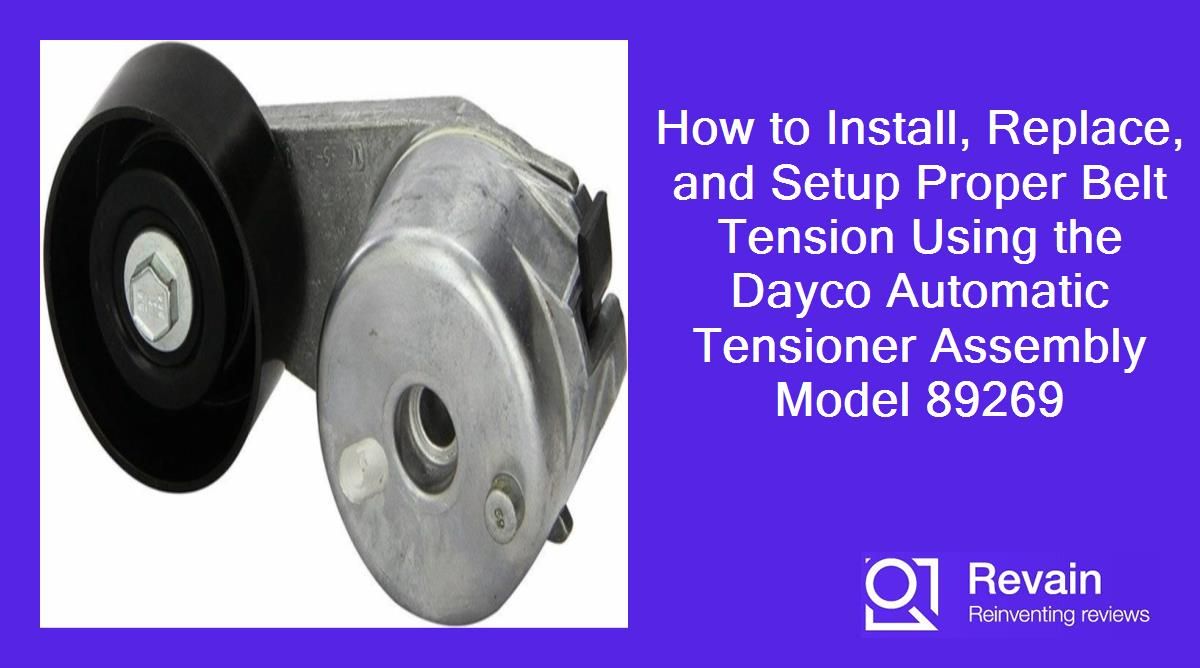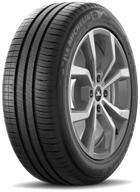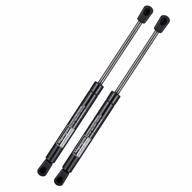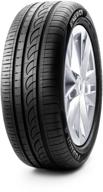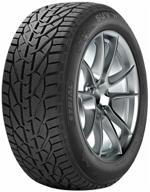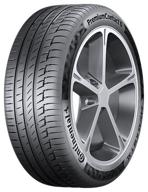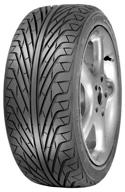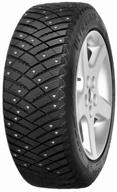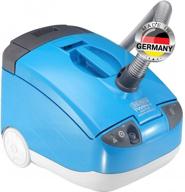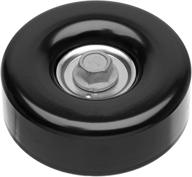How to install a Dayco automatic tensioner assembly?
Replacing a failed or worn out automatic tensioner assembly is a common repair on many modern vehicles. Dayco is a leading manufacturer of automatic belt tensioners used on serpentine belt drive systems. Proper installation is key to ensuring long tensioner and belt life. Here are the steps to install a Dayco automatic tensioner:
Parts and Tools Needed
- New Dayco automatic tensioner assembly
- Serpentine belt - check size/routing before removing old belt
- Ratchet and socket set
- Pry bar
- Torque wrench
Removal of Old Tensioner
First, use a pry bar to release belt tension and remove the serpentine belt from pulleys. Then use a socket and ratchet to unbolt the automatic tensioner assembly from the engine block. Remove tensioner and clean mounting surface of any dirt or grease.
Installation of New Tensioner
- Bolt new Dayco tensioner assembly into place with hardware provided. Torque bolts to factory spec (usually around 20-35 ft-lbs).
- Route serpentine belt according to diagram under hood. Use pry bar to pivot tensioner to allow belt installation.
- Once belt is installed on all pulleys, release tensioner so it can apply appropriate tension to belt system.
- Spin pulleys by hand and observe belt operation for proper tension and alignment.
- Start engine and check that belt is running smoothly without noise or issues.
Taking care to properly install the Dayco automatic tensioner per factory service recommendations will ensure optimum belt system operation and life. Always refer to vehicle service manual if unsure of procedures or specifications.
How to replace a failed tensioner on a serpentine belt drive system?
Modern engines use serpentine belt drive systems to turn accessories like the alternator, power steering pump, and AC compressor. Automatic tensioners keep the serpentine belt tight as components wear. When a tensioner fails, the belt may slip or squeal. Replacing the tensioner restores proper operation.
Symptoms of a Failed Tensioner
- Noisy serpentine belt
- Loose or slipping belt
- Cracks or damage on tensioner
- Leaking fluid from tensioner
Replacement Procedure
- Locate serpentine belt routing diagram for your vehicle.
- Use pry bar to relieve tension and remove belt from pulleys.
- Unbolt failed tensioner assembly and remove it from engine.
- Compare old tensioner to new replacement and transfer any necessary components.
- Install new tensioner assembly and torque bolts to spec.
- Route new serpentine belt according to diagram.
- Release tensioner so it can properly tension belt.
- Check pulley alignment and spin pulleys by hand to test operation.
- Start engine and verify smooth belt operation.
| Tensioner Design | Service Tips |
|---|---|
| Spring loaded | Use pry bar to release tension safely |
| Pivoting arm | Don't force into place - allow spring to extend arm |
| Hydraulic | Inspect for leaks before installing |
Always consult factory service manual for proper procedures. Replace tensioner whenever replacing belt for preventative maintenance. Proper component condition helps extend serpentine belt life.
How to set up proper belt tension with a Dayco automatic tensioner?
Dayco automatic tensioners are designed to maintain correct tension on serpentine belt drive systems as components wear over time. Proper initial tension setup ensures optimum tensioner and belt life.
Tensioner Designs
- Spring-loaded arm - Uses an internal spring to keep tension.
- Pivoting arm - Pivots on a bushing to keep tension.
- Hydraulic - Uses internal hydraulic pressure to maintain tension.
Another interesting products
Initial Tensioning Steps
- Install new Dayco tensioner per vehicle service manual torque specs.
- Route new serpentine belt according to diagram.
- Use pry bar to pivot tensioner and install belt on pulleys.
- Release tensioner so spring or hydraulic pressure can act on it.
- Turn pulleys by hand to allow tensioner to fully tension belt.
- Observe belt alignment and tension on pulleys.
- Perform adjustment if belt is misaligned or needs re-tensioning.
Signs of Improper Tension
- Noisy belt squeal or chirp
- Belt slipping on pulleys
- Cracks or wear spots on edges of belt
- Excess vibration from pulleys
Always refer to factory service manual for proper Dayco tensioner torque specs and setup procedures. Allowing the tensioner to operate freely results in ideal belt tension. Periodic belt inspection helps maximize drive system life.
How to choose the right Dayco automatic tensioner for your vehicle?
Selecting the correct replacement Dayco tensioner ensures proper fitment and performance. Dayco offers tensioners for nearly every make and model vehicle.
Steps to Choose the Right Tensioner
- Locate VIN number printed on dashboard or door jamb.
- Enter VIN into online parts lookup tool to decode vehicle info.
- Confirm engine size, belt routing, pulley configuration.
- Cross reference OEM tensioner part number if possible.
- Search Dayco catalog using vehicle specifics to match tensioner.
- Verify selection by comparing to original tensioner.
Key Specs to Match
- Mounting type and bolt pattern
- Pulley type and diameter
- Tensioner arm length and geometry
- Hydraulic, spring or pivoting design
| Vehicle | Potential Tensioners |
|---|---|
| 2008 Toyota Camry | 89269, 89302, 89385 |
| 2011 Ford F150 5.0L | 37806, 89171, 89265 |
Using VIN fitment tools and verifying part specifications prevents installation issues. Consult factory service manual as needed. Quality tensioner parts like Dayco help restore proper belt drive system operation.
Top products in 🔧 Car Belts, Hoses & Pulleys
How to troubleshoot a noisy or slipping serpentine belt with a Dayco tensioner?
Dayco automatic tensioners maintain proper belt tension as components wear. But noise or slippage issues can still occur and require troubleshooting the root cause.
Causes of Noisy Belt
- Incorrect belt routing
- Misaligned pulleys
- Worn or cracked belt
- Contaminants like oil or grease
- Over/under tensioned belt
Causes of Belt Slippage
- Incorrect belt length or type
- Glazed pulleys preventing grip
- Weak tensioner spring or hydraulics
- Accessory seizing and overloading belt
Troubleshooting Steps
- Inspect belt routing against diagram.
- Check pulley alignment using straight edge.
- Look for belt damage like cracks, missing ribs.
- Confirm Dayco tensioner part number matches application.
- Check tensioner mounting and re-tighten bolts if needed.
- Replace old belt and re-test operation.
- Consider replacing tensioner assembly if issues persist.
Always refer to factory service manual for detailed diagnostic tips. Quality parts like Dayco tensioners and belts help prevent drive issues. Proper troubleshooting keeps the serpentine system running smoothly.
How to extend the life of your serpentine belt drive system using a Dayco automatic tensioner?
The serpentine belt drive powers vital engine accessories. Dayco tensioners maintain proper belt tension as components wear. Follow these tips to maximize belt drive service life.
Use Quality Replacement Parts
- Install Dayco tensioner when replacing belt
- Use Dayco, Gates or OEM belt
- Replace worn pulleys
Proper Installation
- Ensure proper belt routing and alignment
- Torque Dayco tensioner to factory spec
- Allow tensioner to fully tension belt
- Confirm smooth pulley rotation and belt tracking
Routine Maintenance
- Check belt condition every service
- Look for cracks, glazing, wear spots
- Inspect tensioner for leaks or damage
- Consider preventive belt replacement around 90k miles
Extending belt life reduces vehicle downtime. High quality Dayco components keep the drive system operating at peak efficiency. Proper installation and maintenance procedures optimize component longevity. Consult factory service manual for detailed specifications.






